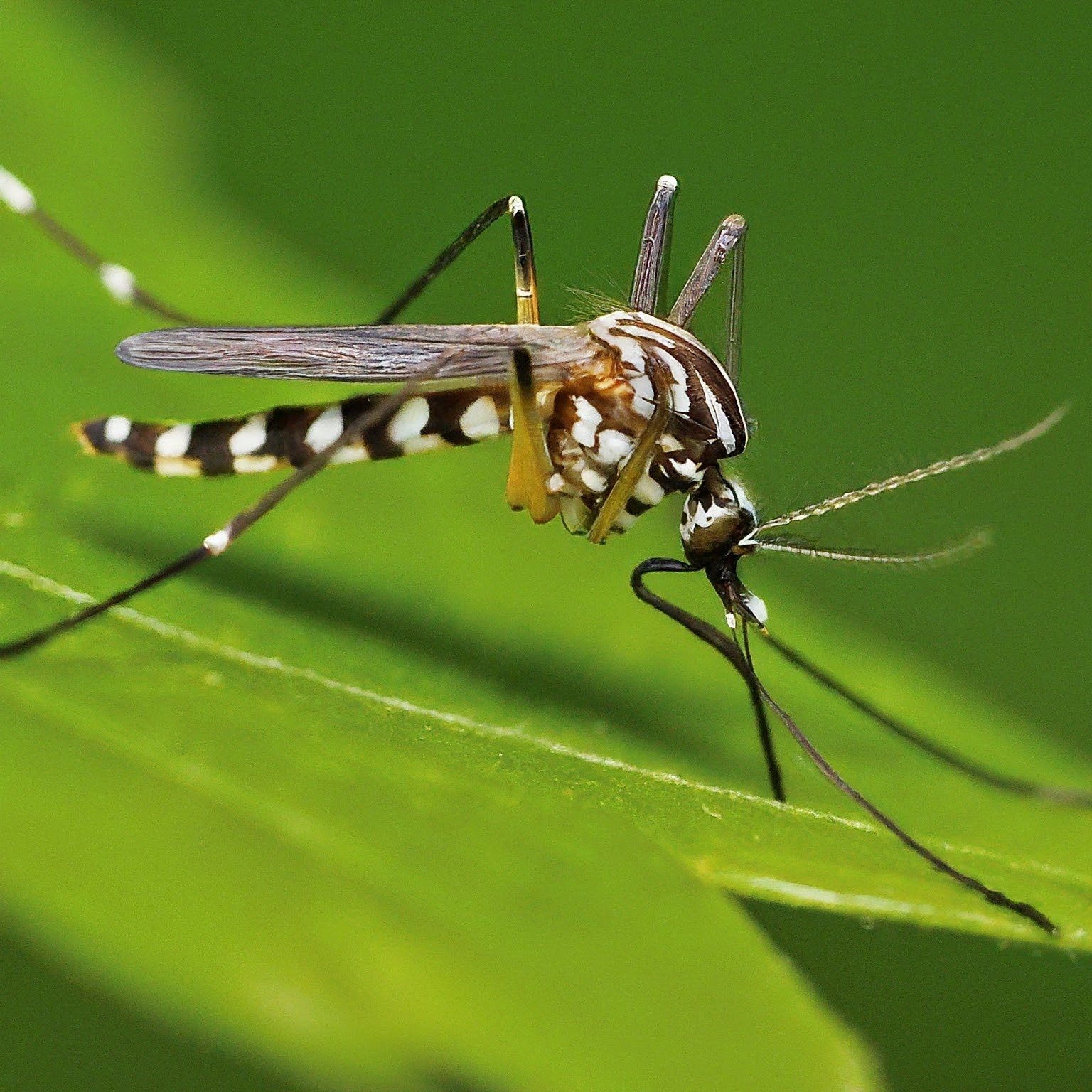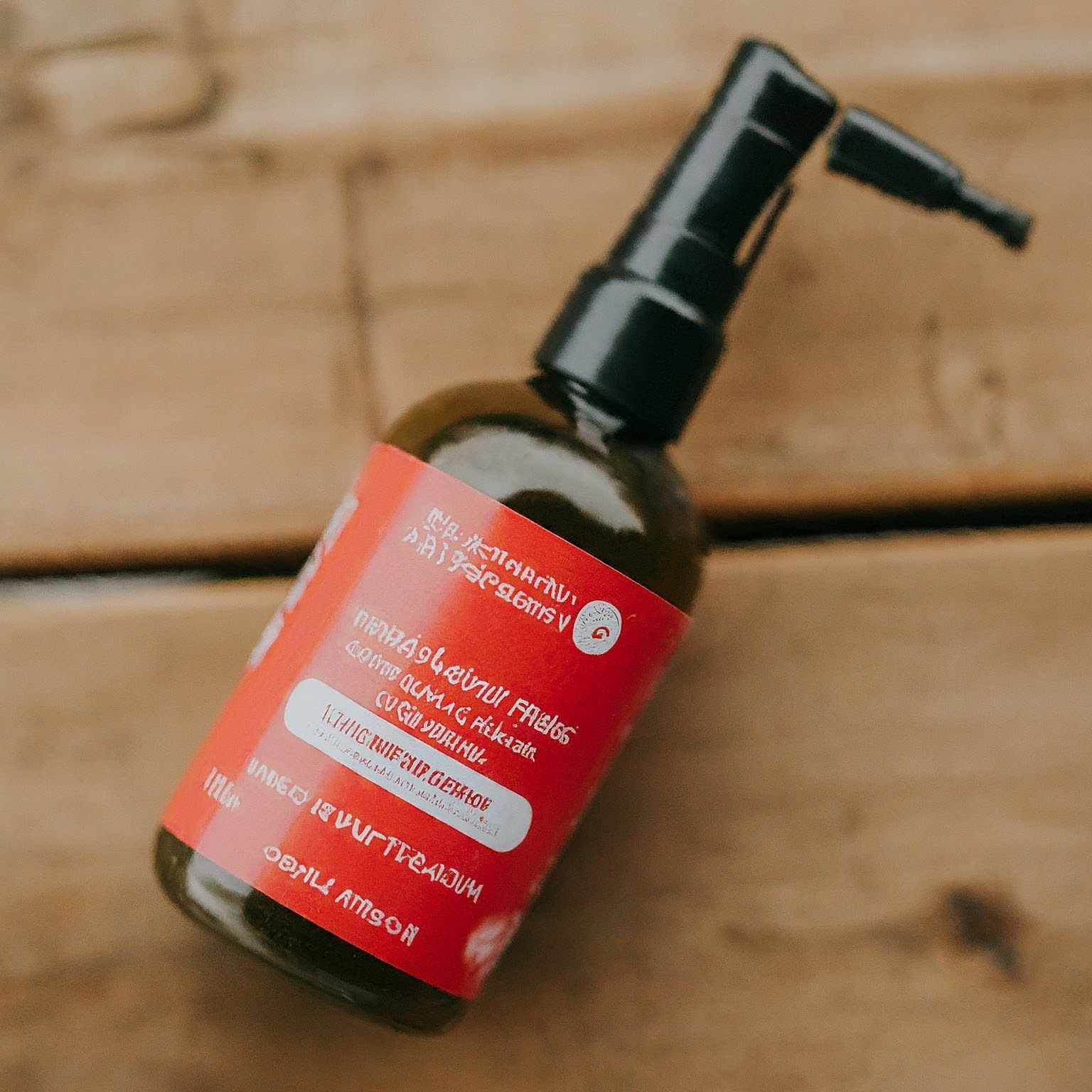Introduction
Hey there, travel enthusiasts! I’m Dr. Lisa Jones, a physician specializing in travel medicine. With summer in full swing, many of you are probably planning adventures to the beautiful countries of the Americas. But before you pack your bags, there’s an important health concern to be aware of: dengue fever.
The Centers for Disease Control and Prevention (CDC) recently issued an alert regarding a significant rise in dengue cases across the Americas. This article will equip you with the knowledge you need to stay safe from this mosquito-borne illness and ensure a healthy and enjoyable vacation.
Headings:
- Dengue Fever: A Tropical Threat
- Symptoms to Watch Out For
- Protecting Yourself from Mosquito Bites
- Travel Tips for Dengue-Prone Areas
- When to Seek Medical Attention
- The Future of Dengue Prevention

Dengue Fever: A Tropical Threat
Dengue fever is a viral infection transmitted through the bite of Aedes mosquitoes. It’s most prevalent in tropical and subtropical regions, and unfortunately, the Americas are currently experiencing a surge in cases. This puts travelers at an increased risk, especially those visiting popular tourist destinations.
While most dengue cases cause mild flu-like symptoms, some can develop into severe dengue, a potentially life-threatening complication. The key is to be aware of the signs and take preventive measures to avoid mosquito bites.
Symptoms to Watch Out For
Dengue fever symptoms typically appear 4-10 days after infection. Here are the main ones to watch out for:
- High fever (above 104°F)
- Severe headache
- Pain behind the eyes
- Muscle and joint aches
- Nausea and vomiting
- Skin rash
Informative Table: Dengue Fever Symptoms
| Symptom | Description |
|---|---|
| High Fever | Typically above 104°F (40°C) |
| Severe Headache | Often described as a throbbing pain |
| Pain Behind the Eyes | Can be quite intense and persistent |
| Muscle and Joint Aches | May be widespread and debilitating |
| Nausea and Vomiting | May occur frequently and be persistent |
| Skin Rash | May appear as a red, flat rash or with small bumps |
Note: If you experience any of these symptoms after traveling to a dengue-prone area, seek medical attention immediately.

Protecting Yourself from Mosquito Bites
The best way to avoid dengue fever is to prevent mosquito bites. Here’s how:
- Apply insect repellent: Choose a repellent containing DEET (20% or higher), picaridin, IR3535, or oil of lemon eucalyptus.
- Wear protective clothing: Opt for long-sleeved shirts, pants, and socks, especially during peak mosquito hours (dusk and dawn).
- Treat your clothing with permethrin: This insecticide can be applied to clothing for added protection.
- Stay in air-conditioned or well-screened accommodations.
Travel Tips for Dengue-Prone Areas
Here are some additional tips for travelers visiting areas with high dengue risk:
- Pack a mosquito net: This can be used for extra protection while sleeping, especially outdoors.
- Choose accommodations with mosquito control measures in place.
- Be aware of your surroundings: Avoid areas with stagnant water where mosquitoes breed.
- Carry a first-aid kit: Include pain relievers and medications for nausea if needed.

When to Seek Medical Attention
If you experience any warning signs of severe dengue, such as severe abdominal pain, persistent vomiting, or bleeding gums, seek immediate medical attention. Early diagnosis and treatment are crucial for preventing complications.
The Future of Dengue Prevention
Researchers are actively working on a dengue vaccine, which may offer future protection for travelers. However, for now, preventive measures like those mentioned above remain the best defense against this mosquito-borne illness.
By following these tips and staying informed, you can minimize your risk of dengue fever and enjoy a healthy and fulfilling adventure in the Americas. Remember, a little preparation goes a long way in ensuring a safe and enjoyable trip!












